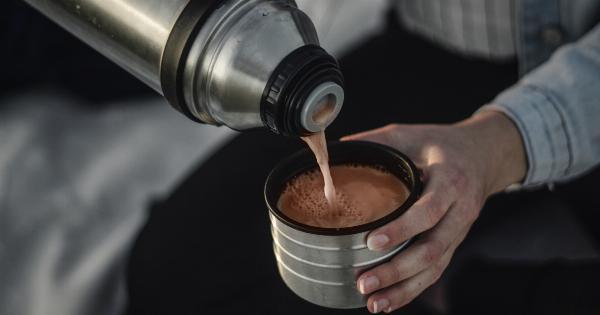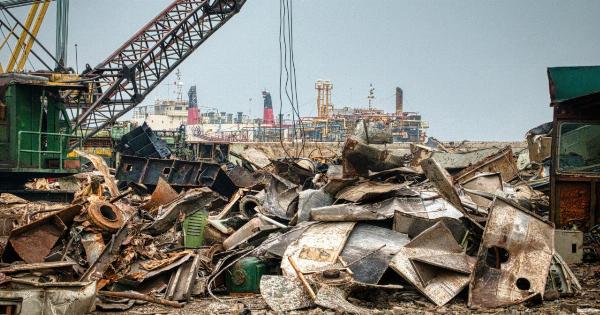Iron is an essential mineral that plays a crucial role in maintaining the overall health and functioning of our bodies.
It is responsible for carrying oxygen throughout the body and is an essential component of hemoglobin, the protein that transports oxygen in our red blood cells.
Iron deficiency is one of the most common nutritional deficiencies worldwide and can lead to various health problems if left untreated. If you suspect that you may be low on iron, here are 10 telltale signs to look out for:.
1. Fatigue and Weakness
Feeling constantly tired and experiencing a lack of energy could be a sign of low iron levels. Since iron helps deliver oxygen to your body’s tissues, a deficiency can result in decreased energy levels and overall feelings of weakness.
2. Pale Skin
If your skin appears noticeably pale, it could be a sign of low iron levels. Hemoglobin gives your blood a red color, and when iron levels are low, this can result in decreased redness and paleness in your complexion.
3. Shortness of Breath
Since iron is responsible for facilitating oxygen transportation, a deficiency may cause a reduced supply of oxygen to your lungs and other organs. This can lead to shortness of breath, especially during physical activity or exertion.
4. Headaches and Dizziness
Iron deficiency can affect proper oxygen flow to your brain, leading to headaches and dizziness. If you frequently experience these symptoms, it may be worth checking your iron levels.
5. Cold Hands and Feet
If your extremities often feel cold or have an unusually low body temperature, it could be a sign of reduced blood circulation due to low iron levels. Iron deficiency can affect the body’s ability to regulate temperature.
6. Brittle Nails
Iron deficiency can cause changes in the appearance and strength of your nails. You may notice that your nails become brittle, fragile, or develop unusual ridges or dents.
7. Restless Leg Syndrome
Restless Leg Syndrome (RLS) is a condition characterized by an uncontrollable urge to move your legs, often accompanied by uncomfortable sensations.
Iron deficiency has been linked to RLS, so if you experience these symptoms, it’s worth considering a potential iron deficiency.
8. Poor Appetite
A decreased interest or appetite for food may be indicative of iron deficiency. If you find yourself frequently uninterested in eating or have difficulty finishing meals, it could be due to low iron levels.
9. Frequent Infections
Iron plays a crucial role in maintaining a healthy immune system. If you frequently suffer from infections, colds, or other illnesses, it could be a result of low iron levels affecting your immune function.
10. Unusual Cravings
Craving non-food substances like ice, dirt, or clay (a condition known as pica) can sometimes be a sign of low iron levels. This condition is more common in children but can occur in adults as well.
If you are experiencing several of these signs, it is advisable to consult with your healthcare provider and get your iron levels checked. They will be able to confirm whether you have low iron levels and recommend appropriate treatment options.
Remember, self-diagnosis should never replace professional medical advice, so if you suspect an iron deficiency, seek guidance from a healthcare professional.































